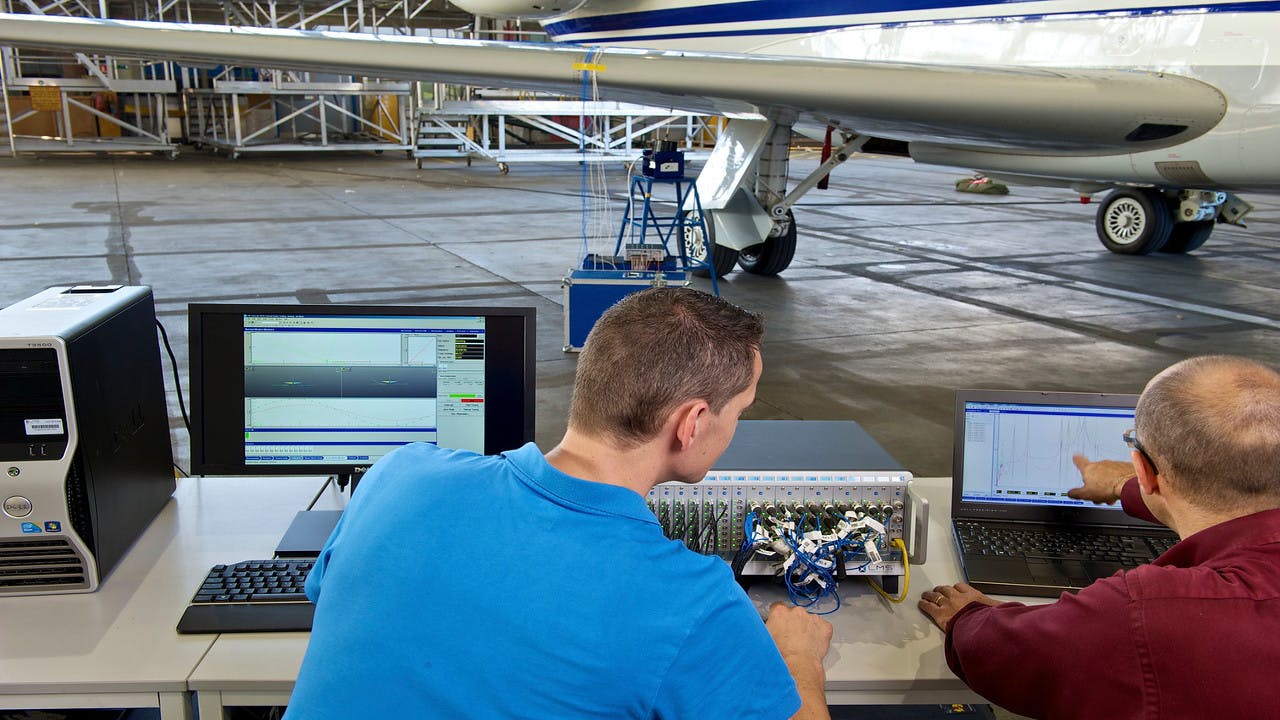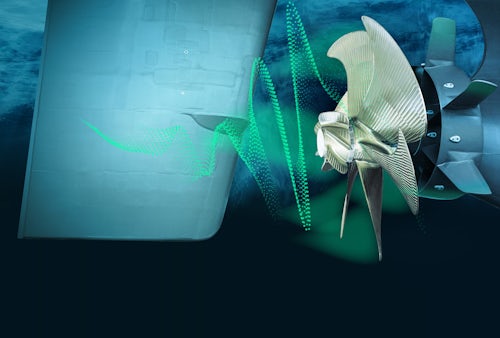Guest speaker: Arne Vollan from AeroFEM GmbH
The main purpose of a ground vibration test (GVT) is to obtain experimental vibration data of the whole aircraft structure for validating and improving its structural dynamic models. Among other things, these models are used to predict flutter behavior and carefully plan the safety-critical in-flight flutter tests. Due to the limited availability of the aircraft for a ground vibration test and the fact that multiple configurations need to be tested, an extreme time pressure exists in getting the test results efficiently.
This webinar discusses recent testing and analysis concepts for performing a ground vibration test more efficiently. We will share the results of a ground vibration test on a light commercial aircraft and the solar impulse aircraft among others.
Attend this free webinar and learn, through actual cases, how to increase efficiency in identifying modal parameters of large vibrating structures.



